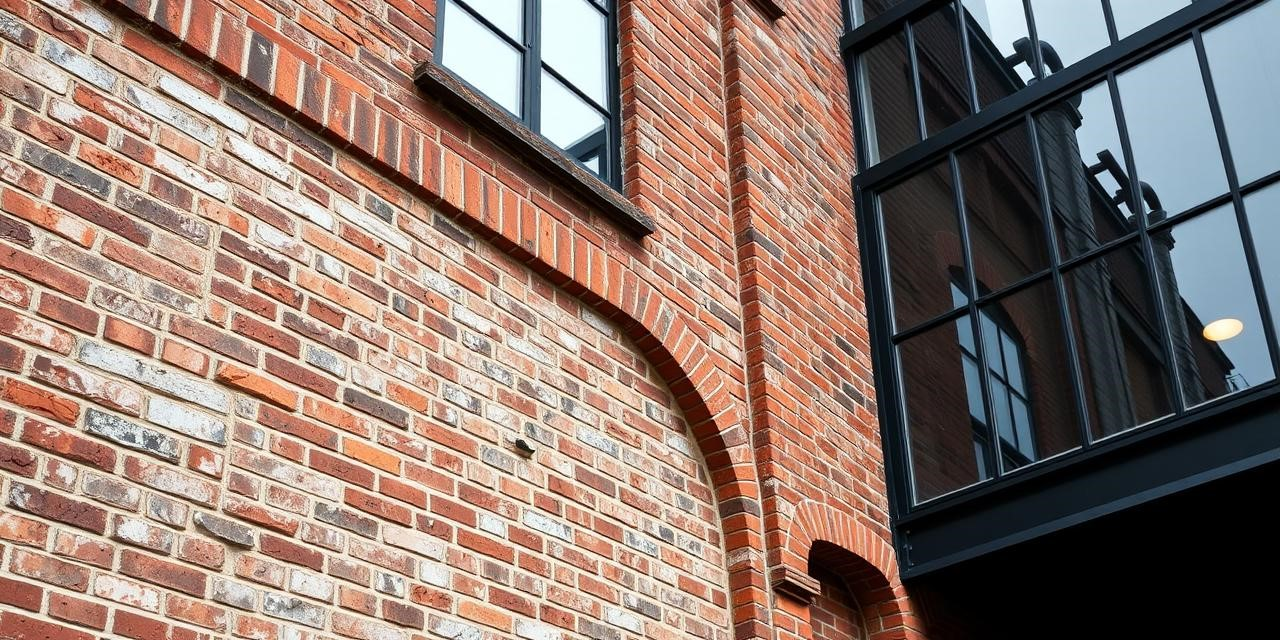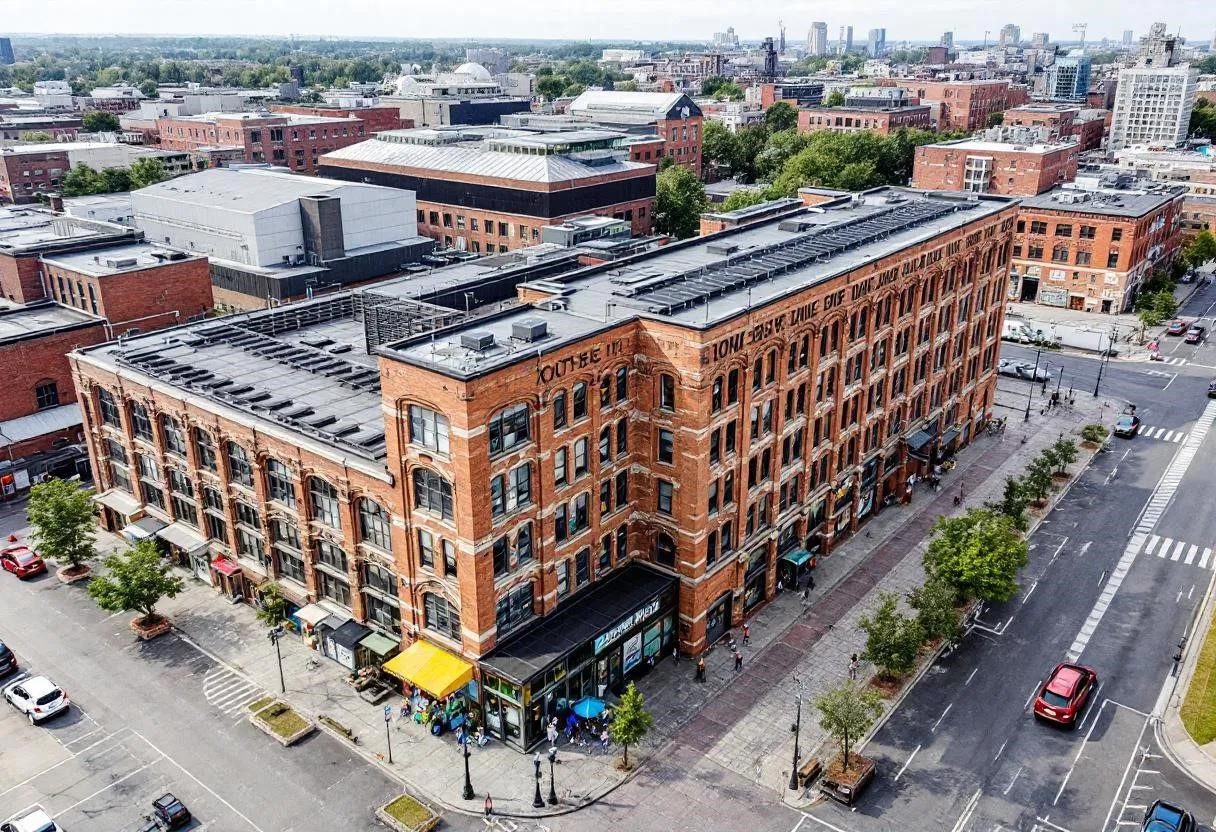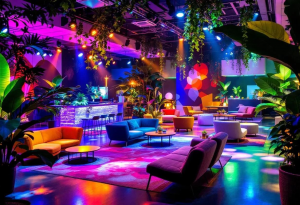Adaptive reuse: It sounds fancy, but it’s a simple idea. Take an existing building – maybe an old factory, a forgotten church – and give it a brand new life. It’s all about respecting the past while stepping into the future. And guess what? It’s becoming a seriously popular design approach. Why? It’s smart, sustainable, and seriously cool.
More Than Just Bricks and Mortar: Why Revitalize Old Buildings?
Let’s face it: tearing down a building and starting over is often easier. But adaptive reuse? It’s got soul. It’s about keeping a piece of history alive, giving character to a place, and blending it with how we live now. Architectural alchemy, if you will – turning the ordinary into something truly special.
This isn’t a new idea. Throughout history, people have repurposed buildings out of need. Roman amphitheaters became homes. Medieval castles became government offices. But this modern wave? It’s different. It’s driven by caring for the planet and truly valuing our heritage. We’re consciously choosing to save resources, cut down on waste, and honor the stories within those walls.

Real-World Magic: Adaptive Reuse in Action
Okay, enough talk. What does this look like in the real world? Here are some inspiring examples:
- Tate Modern, London: Art in a Powerhouse. This iconic art museum? It’s in the old Bankside Power Station. Designed by the same guy who gave us the red telephone box (Sir Giles Gilbert Scott!), the building’s industrial bones make a killer backdrop for world-class art. They didn’t hide the raw, industrial feel – they celebrated it.
- Zeitz MOCAA, Cape Town: From Grain Silos to Galleries. Once the tallest building in South Africa, this grain silo complex is now a mind-blowing museum of contemporary African art. Architect Thomas Heatherwick carved galleries out of the concrete tubes, creating a stunning interior while keeping the silo’s unique look.
- MASS MoCA, Massachusetts: Textile Mill Turned Art Mecca. This sprawling former textile mill? It’s now one of the biggest contemporary art museums in the US. The huge industrial spaces are perfect for large-scale art and performances, making it an awesome place for artists and visitors.
These projects, and tons more around the world, show how adaptive reuse can bring life back to cities, create cultural hubs, and breathe new life into forgotten places.
Beyond Looks: The Real Perks of Adaptive Reuse
It’s not just about looking good. Adaptive reuse brings a whole package of benefits:
- Saving the Planet: Reusing buildings means less demolition and new construction. That means lower carbon emissions and less waste. It’s a win for the environment.
- Boosting the Economy: These projects can be cheaper than building from scratch, especially when you factor in land costs. They also bring investment and jobs to struggling areas.
- Preserving Our Culture: Adaptive reuse lets us keep our architectural heritage alive. It keeps the unique character of our cities and towns. It’s a connection to the past.
Not Always Easy: The Challenges of Revitalization
Okay, it’s not all sunshine and roses. Adaptive reuse comes with its own set of challenges. You need to be creative and ready for surprises:
- Structural Quirks: Old buildings might have structural issues that need smart engineering solutions.
- Regulations Can Be Tricky: Building codes might not always fit the unique needs of these projects. You need to be flexible and work with local authorities.
- Community is Key: You need to involve the community in the process. Make sure the project meets their needs and wants.
Solving these challenges means everyone working together – architects, engineers, contractors, and the community. It’s all about finding creative solutions.
What’s Next? The Future is Reused
As we focus on sustainability and using resources wisely, adaptive reuse will only become more important. New tech, like 3D scanning and digital modeling, makes it easier to assess and adapt old buildings. And as society changes, we need spaces that can be easily repurposed over time.
Imagine: Abandoned malls become community centers. Empty office buildings become affordable housing. Historic landmarks blend seamlessly into modern life. That’s the promise of adaptive reuse – a future where we honor the past while building a better future for everyone.
More Than a Trend: A Philosophy
Adaptive reuse isn’t just a design fad. It’s a way of thinking. It’s about seeing the potential in existing buildings and finding creative ways to make them work for the 21st century. By embracing this approach, we can create cities that are more sustainable, vibrant, and full of character. It’s about building a legacy of innovation, one repurposed building at a time.


